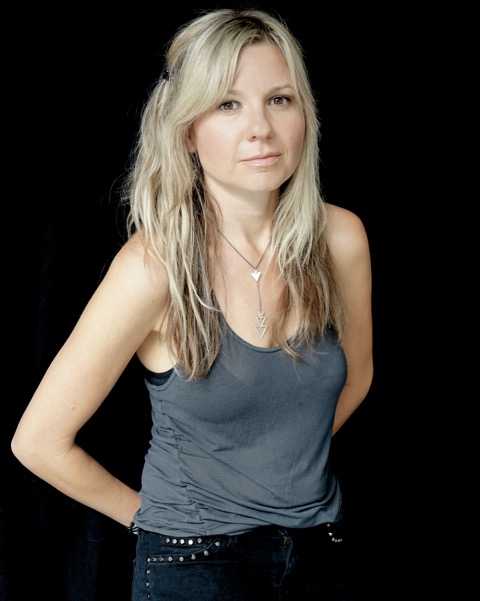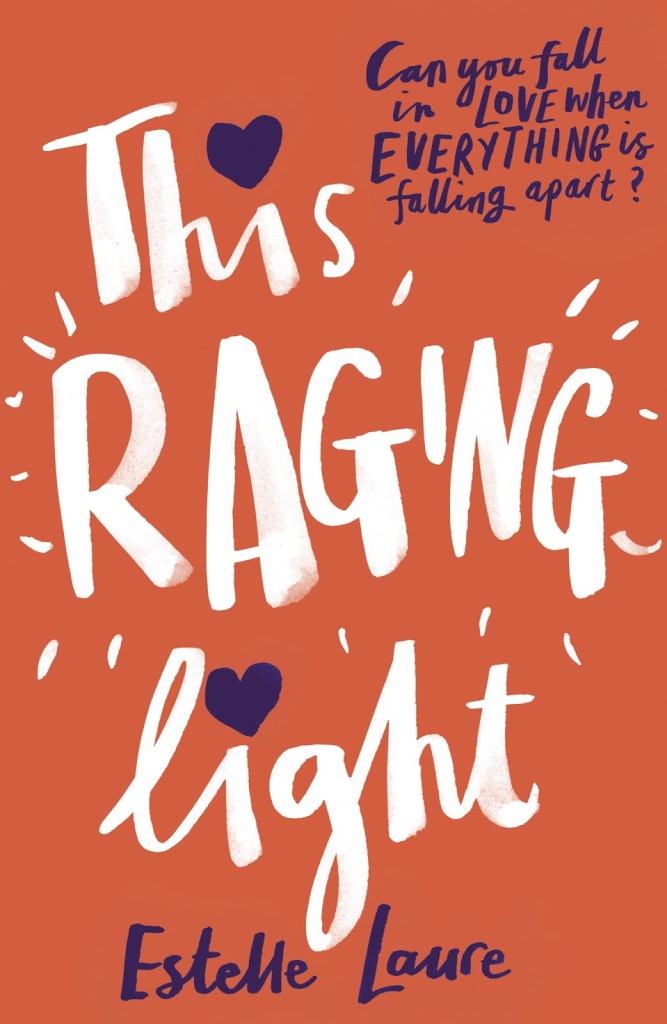I wish I had woken up at seventeen-years-old to find I could fly or read minds.

While gifts such as telekinesis come with their own set of challenges (See Stephen King’s Carrie if you don’t believe me), I personally believe that the simple act of being a teenage girl, right now and forever throughout history, and surviving it, is an act of heroism.
One way of paying tribute to the mighty gorgeousness of the female teen is to create characters like Katniss Everdeen, Hermione Granger, Tris Prior and Mare Barrow. These are girls who rise up from nothing, use their special skills, and kick some serious ass. We can all cheer for them. They take us outside of ourselves and make us feel superhuman and special. But a regular girl who gets up and faces what it means to be female and all the challenges of family dynamics and romantic relationships, not to mention the disturbing realization that many (most) adults have no idea what’s going on- she is spectacular without ever moving so much as an eyelash with her mind.
And so I present you with a plea and a mission: when creating a girl who operates within the confines of a world we recognize while being a total badass, there are a few things to keep in mind.
1. Allow her to make mistakes: There’s nothing so off-putting as a flawless character. I glaze over when the heroine of a book does everything right. What we love so much about classics like Elizabeth Bennett and Jane Eyre and even Juliet is their headstrong foolishness, the fact that their choices lead them down very windy paths. When writing a badass, you need to make sure she has some kind of a recognizable flaw. My character Lucille is a fool for love, sensible in all other areas of her life, yet totally unable to control herself when she falls for the wrong (right?) boy. When you’re developing your badass girl, make sure she’s imperfect in some way as that will be the thread that keeps her accessible throughout your story.
2. Make her looks mean something: It’s impossible to be female and a teenager without dealing with appearance. Writing beautiful characters is tempting, of course. Look around. We’re surrounded by porcelain beauties in all types of media. Pretty people are fun to look at, but when you write a beautiful character, especially if you’re in first person, make sure they’re three-dimensional and that they’re filtering some of the difficult things about being attractive. Some great examples of this are E. Lockhart’s The Disreputable History of Frankie Landau-Banks, Catherine Atkins’ The File on Angelyn Stark, and Jude in Jandy Nelson’s I’ll Give You the Sun. Conversely, you can write about a girl who is not traditionally beautiful, but really is, like Julie Murphy’s Dumplin, a girl for whom you cheer until you go hoarse, or Nicola Yoon’s in Everything Everything, who experiences being found attractive for the first time. These books challenge every stereotype and you’ll cheer along with them either way. You don’t need to make looks your main point, but a badass girl is dealing with some aspect of her physical appearance in some way.

3. Make sure she is making choices: One danger is to have your girl be the victim of circumstance. Things happen, she reacts. This repeats again and again. This is not badass behavior. Your story will completely change when she starts making decisions. Sometimes that doesn’t happen until partway through, but as I was once warned, you have to be careful not to cast a Joe Entropy as your star, someone life happens to. That’s not any more interesting on the page than it is in real life. You have a situation that may be out of their control (in This Raging Light it was the mother leaving and the father’s nervous breakdown), but then what does your girl do with that? Hopefully, she fights in whatever way she can, making her a true, real-life badass.
4. Give her a girl sidekick:I understand rivalry within friendships, such as in Nova Ren Suma’s The Walls Around Us, as friendships between girls are nuanced and sometimes difficult. Girls can manipulate each other and this should be portrayed in writing- I don't want to see a perfect relationship any more than I want to see a perfect character. With the exception of a Heathers, Mean Girls, or Kill the Boy Band level satire, I hate a glossy bitch. I hate when the only girl relationships in the story are bitter and awful and catty. We can do better than that, and part of being a badass is recognizing girl power and that in the end our relationship to our own femaleness and thus other girls, is one of the most important aspects of our development. So give your girl an awesome girl. It’s important and can only enrich your story exponentially.
5. Give her something to strive for that has nothing to do with a love interest: When I was a teenager, I was not only a love-crazy girl, I was also a girl trying to survive a difficult home life and dealing with the death of my friend, among many other things. The romantic crushes and even loves were the escape, not the meat of who I was. When I'm thinking of a story, I try to remember all those things and you should, too. What is it really like to be a girl trying to manage so much? What does your main character want besides the boy or girl? Romance is about making real intimate connection in a disconnected world. That is legitimate and important, though not at all necessary for a complete story. Even if your romantic thread is at the heart of your story, what is necessary is that even if your girl starts out weak, you want her to go on her own hero’s journey and to discover strength and purpose outside of romance. It won’t be a superpower, but it will be a necessary human life skill of some kind, something empowering that will leave your reader inspired and aspiring, as well as seen.
We need more badass girls in contemporary realistic literature. We need to give our girls dimension and power, even when they don’t have latent extraordinary abilities. When we write about contemporary realistic female adolescents with the idea of sticking to a recognizable world, it means finding what is heroic in our characters while acknowledging the limitations of being a human. Because like I said, sometimes getting up and navigating our daily lives while being the messy, challenged human females we are is the most heroic thing we can do.
Estelle Laure is the critically-acclaimed author of young adult novels This Raging Light, which has been widely translated throughout the world, and the forthcoming But Then I Came Back. She holds an MFA in Writing for Children and Young Adults from Vermont College of Fine Arts, is an agency associate at Folio Literary Management, and thinks everyone should have to wait tables or work in a kitchen at least once in their lives in order to be better people. She lives in Taos, New Mexico with her family where it is easy to believe in love and magic and the power of facing hard truths, which she does. Visit Estelle's website, and follow her on Twitter & Instagram.
Comments